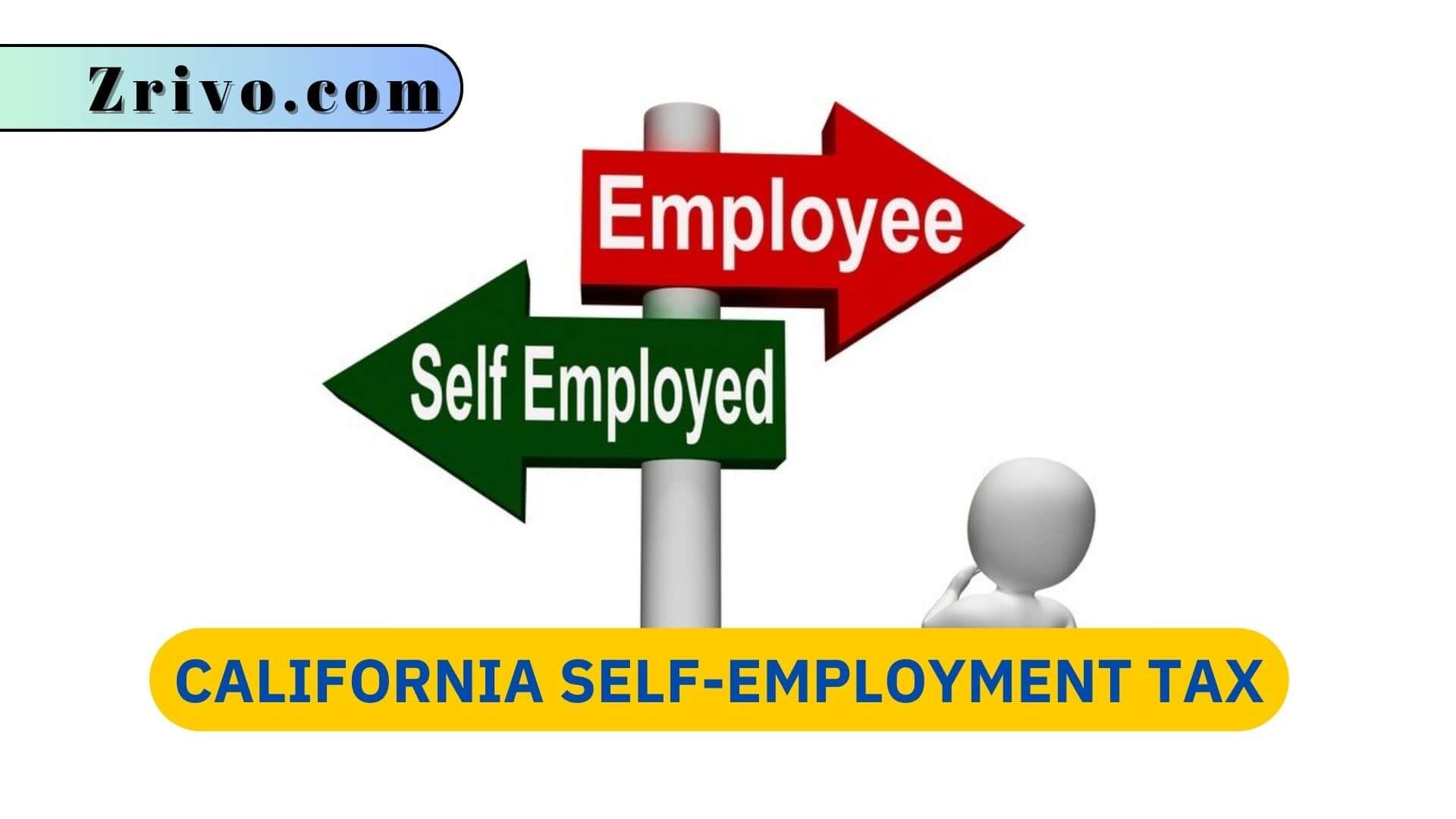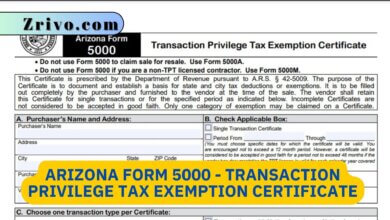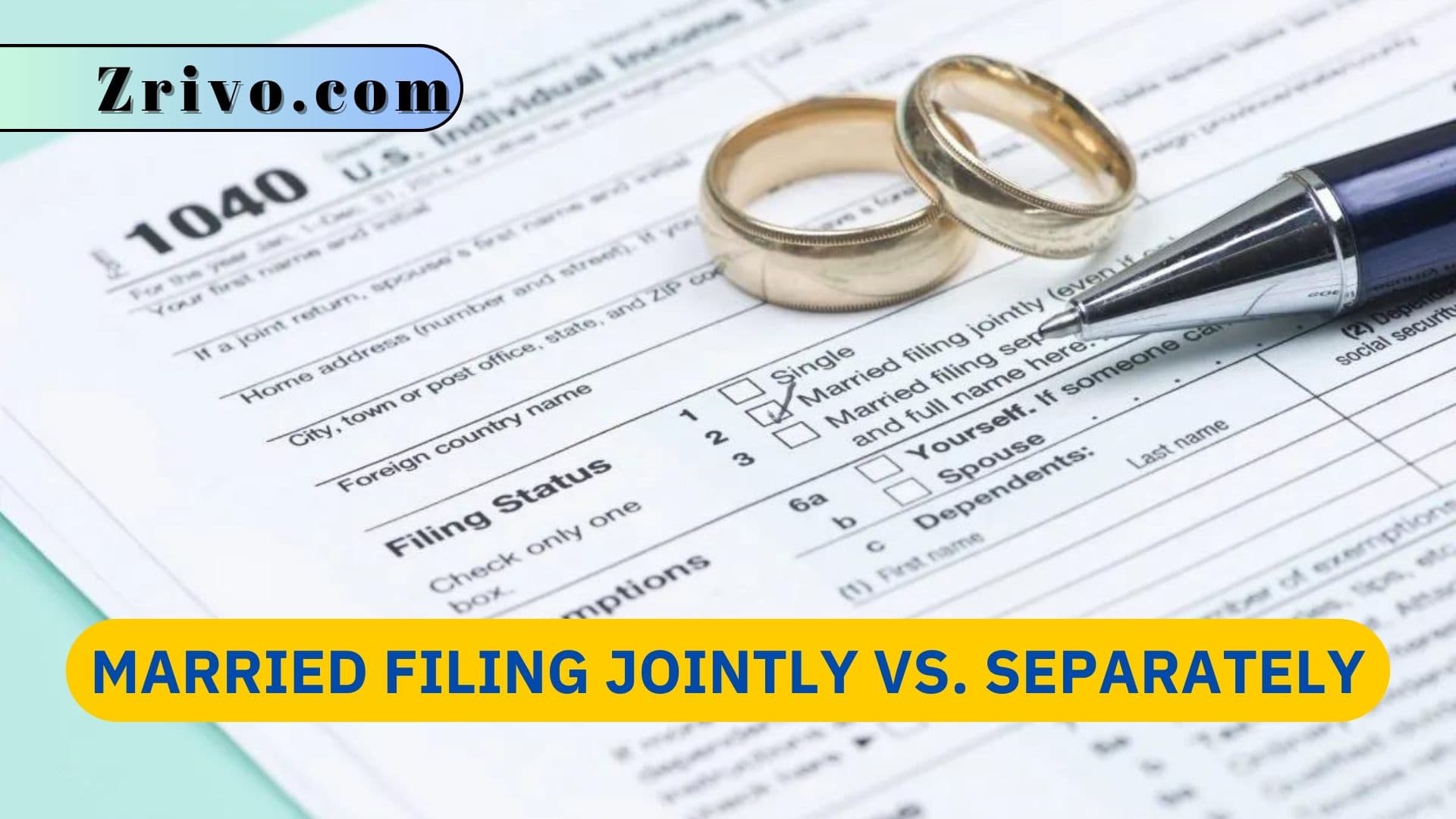California Self-Employment Tax 2023 - 2024
The state of California requires residents who are self-employed to make quarterly tax payments. These taxes are called self-employment tax (or SE tax). They consist of Social Security and Medicare taxes.

If you are a freelancer or an independent contractor, you should be aware of the California self-employment tax that you must pay. This tax is collected on a quarterly basis, and it covers Social Security and Medicare taxes. In addition to the standard 15.3% rate, there is a separate 2.9% levy for Medicare. This levy is not included in the regular self-employment tax rate and is paid separately from your regular income tax. In addition, it is deductible on your income tax return.
The State of California and the IRS consider anyone who runs a business to be self-employed. This can include a dentist who decides to open up her own practice, an independent screenplay writer, or an interior designer who works on contracts with various businesses.
The tax is based on your net profit from the business. It is calculated by subtracting your expenses from your income. You will most likely be liable for the tax if your net profit is $400 or more in a quarter. The IRS also uses Schedule SESchedule SE 2023 – 2024 to calculate your total self-employment tax, which is a combined Social Security and Medicare tax. You can find more information about this tax on the IRS website. You can also use a tax calculator to help you estimate how much California self-employment tax you will owe.

How to File California Self-employment Tax?
Independent contractors in California have unique tax obligations that must be met. They must understand how the state’s self-employment tax and income tax work together, and they should always be prepared to file estimated taxes quarterly. They should also keep careful records and explore possible deductions to minimize their tax burden. In some cases, it may be beneficial to consult a tax professional or accountant to ensure compliance with IRS rules and regulations while optimizing the tax strategy.
The state’s self-employment tax is based on net earnings, which is income minus qualified business expenses. This tax helps support Social Security and Medicare but does not replace income tax, which is paid on all income. Individuals can use the IRS Self-Employment Tax Calculator to determine if they owe this tax and how much they should pay each quarter.
While most freelancers receive payment from clients via form 1099, some independent contractors may be able to reduce their federal and state self-employment taxes by keeping meticulous records of all expenses and invoicing client payments in HoneyBook. This will help them avoid missing any crucial deadlines or incurring costly penalties.





